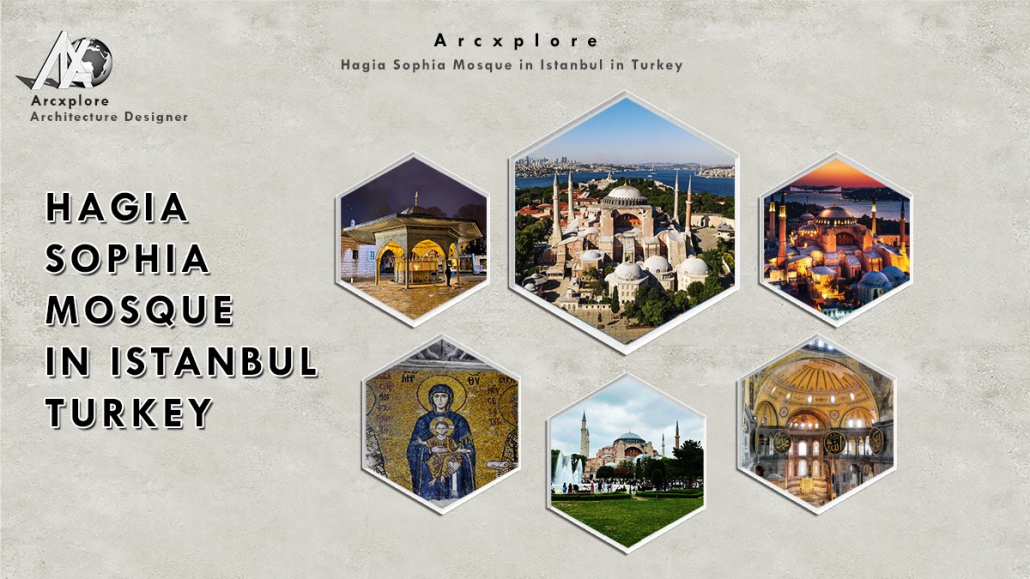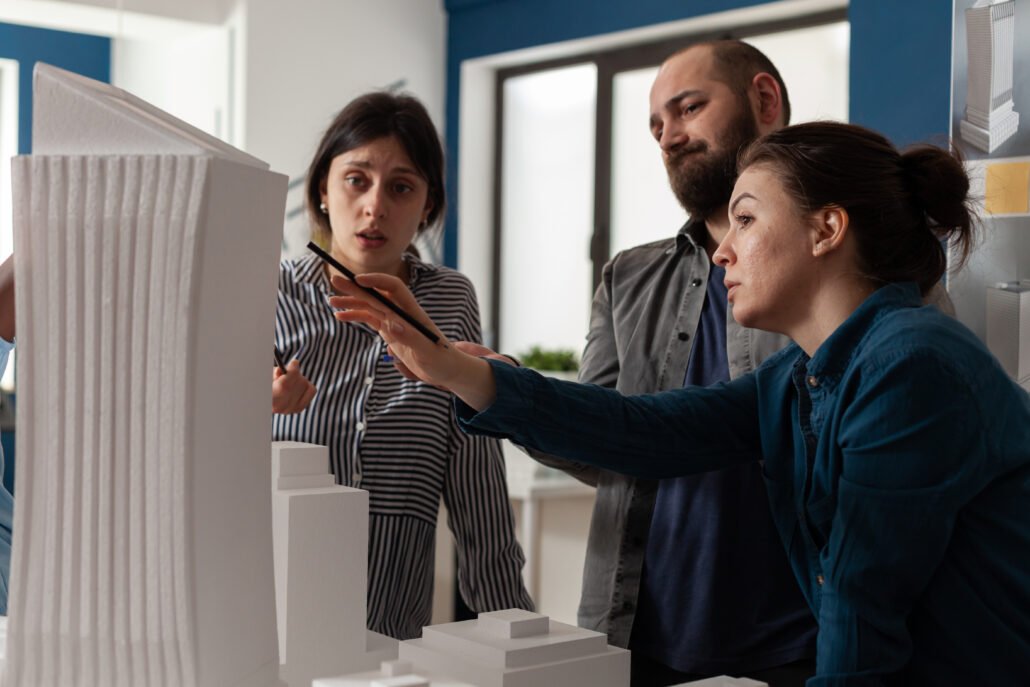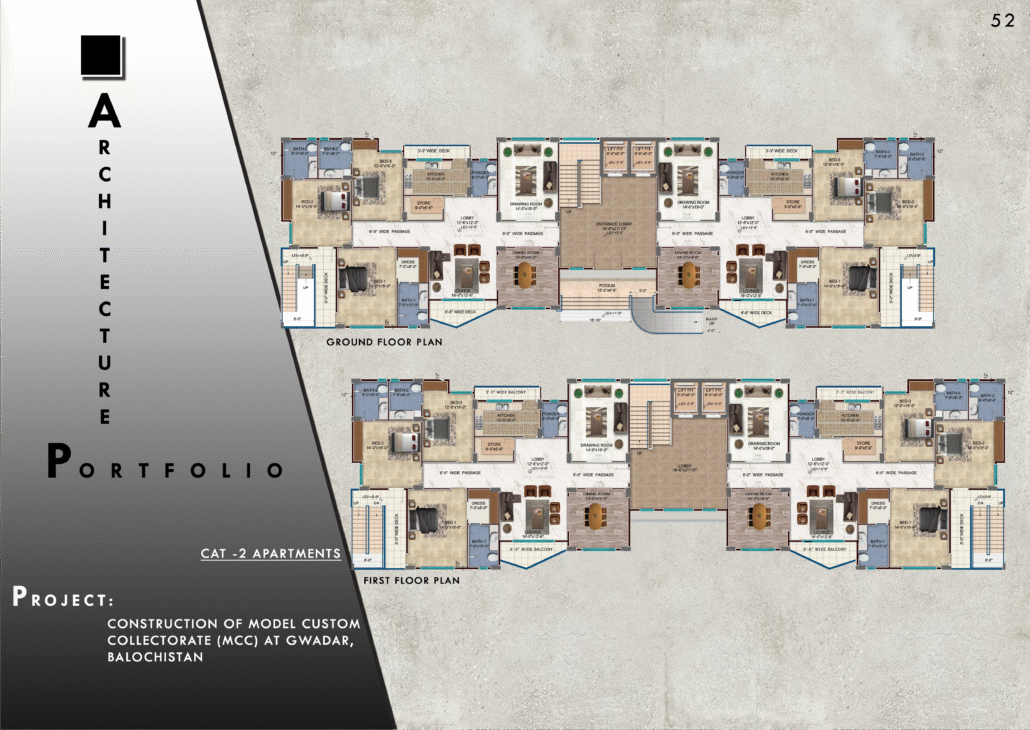Hagia Sophia Mosque Istanbul, Turkey
The Hagia Sophia Mosque, also known as the Great Mosque of (Turkish: Ayasofya) Hagia Sophia Church, is a site of worship in Istanbul, Turkey. This church was first constructed in the year 360 AD. Hagia Sophia has been dismantled and reconstructed numerous times, and it is one of Istanbul’s most beautiful architectural structures.
Construction History
Hagia Sophia Mosque Istanbul
Emperor Constantine was the first to build Hagia Sophia. The Hagia Sophia, on the other hand, was originally designed to serve as a basilica for the Greek Church, not as a place of worship. In the year 360, the church was commissioned to be built. Constantine was the emperor of the Byzantine Empire, and he is credited with the construction of Hagia Sophia. Originally, the Hagia Sophia was constructed completely of wood, including the roof.
However, the church was soon burned down due to riots sparked by a political feud in the household of the then-emperor Arakidos. This happened in the year 404. Emperor Arakidos then abdicated his throne and was succeeded by Emperor Theodosius II.
In the year 415, he renovated the Hagia Sophia and finished the new Hagia Sophia. The new Hagia Sophia has five naves and a grand entryway, unlike the previous Hagia Sophia. The building’s roof, however, was still made of wood.
The Hagia Sophia was again burned to ashes after a century, this time by a fire started by the Nika insurrection. Emperor Justinian II, who ruled from 527 to 565, was the target of the Nika uprising. When Emperor Justinian II saw the Hagia Sophia on fire, he ordered the basilica to be rebuilt.
However, the Hagia Sophia’s condition had deteriorated to the point where it had to be demolished. After burning the Hagia Sophia, the emperor commissioned two renowned architects, Isidoros (Milet) and Anthemios (Tralles), to construct a new basilica. He named it Hagia Sophia, and it took him six years to build in the year 537.
The Design of the Hagia Sophia Mosque
Hagia Sophia’s interior design The original design of Hagia Sophia and the contemporary state of Hagia Sophia are diametrically opposed. Hagia Sophia had an orthodox basilica with a big domed ceiling and a semi-domed altar with two narthexes, as well as a large domed roof and a semi-domed altar.
Mosaics of the six-winged angels known as Hexapterygon cover the domes of the freshly constructed Hagia Sophia.
When compared to the previous Hagia Sophia, the newly constructed Hagia Sophia included new features. This time, the marble used for the floor and roof was supplied from Turkey (formerly known as Anatolia) and Syria.
The rest of the bricks came from far away regions, such as North Africa. According to studies, the Hagia Sophia’s interior architecture was created to resemble flowing water.
The top of Hagia Sophia was composed of wood, and piers were installed to sustain the building’s massive body and weight. As a result, the weight became unbalanced, and the structure nearly fell under its own weight. Hagia Sophia was built fast, which resulted in it crumbling after a short period of time.
The builders then decided to maintain the dome in place by supporting it with a chain, but this caused some issues, and the building collapsed again due to its weight. Finally, Isidoros (Milet) and Anthemios (Tralles) were able to sustain the building’s roof in the same manner as it is now. It was more stable this time, and as a result, the building has lasted for almost 1500 years. Another interesting feature is that Hagia Sophia’s seating is divided into two levels. There were seats at the top and at the bottom of the stairs.
This split was made in order to separate people based on their gender and socioeconomic status. When there was an event or service in the basilica, this ensured that the wealthy and powerful sat on the top, while the poor and middle-class sat at the bottom. The Hagia Sophia’s original interior design was plain and simple. It did not have the mosaics that it does now.
The murals were added on the walls of the new Hagia Sophia after the ancient one was destroyed, by the many emperors that governed the empire of modern-day Istanbul. After the demise of the Byzantine Empire, the sultan of the Ottoman Empire Mehmed II took over Istanbul and he made various renovations to the Hagia Sophia. Outside the Hagia Sophia, the sultan and his successors constructed four minarets, as well as a new caliphs mosaic in the inside.
All of the pre-existing mosaics were painted over, and caliphs were installed to the pillars. The Hagia Sophia had some renovations between 1847 and 1849, and a swiss architecture style was incorporated to the structure. Hagia Sophia, as it is known today, is the result of this.
The Religious History of Hagia Sophia Mosque
Hagia Sophia’s religious history Originally, the Hagia Sophia was intended to be a basilica for the church rather than a church. All of this happened during Constantine’s and his successors’ reigns. The Byzantine Empire, on the other hand, falls prey to Sultan Mehmed II of the Ottoman Empire in 1453.
They gained control of the Hagia Sophia and altered its appearance and function. From being a place where kings were crowned, the site has become a Muslim pilgrimage site. Hagia Sophia is a church in Alexandria, Egypt. Now When the Republic of Turkey was established in 1935, the government declared the Hagia Sophia a museum, which continues to attract visitors from all over the world. It was reported that in 2020, this location would be reopened as a centre of Muslim worship.
Address: Sultan Ahmet, Ayasofya Meydanı No:1, 34122 Fatih/İstanbul, Türkiye
Hours: Open 24 hours
Phone: +90 212 522 17 50
Architects: Isidore of Miletus, Anthemius of Tralles
Opened: December 27, 537 AD
Burials: Enrico Dandolo, Safiye Sultan, Handan Sultan, Murad III, Mehmet III, Selim II, Murat III, İbrahim I and Mustafa I
Architectural style: Byzantine Architecture
Materials: Ashlar, Roman brick
Function: Mosque
Height: 56 m









